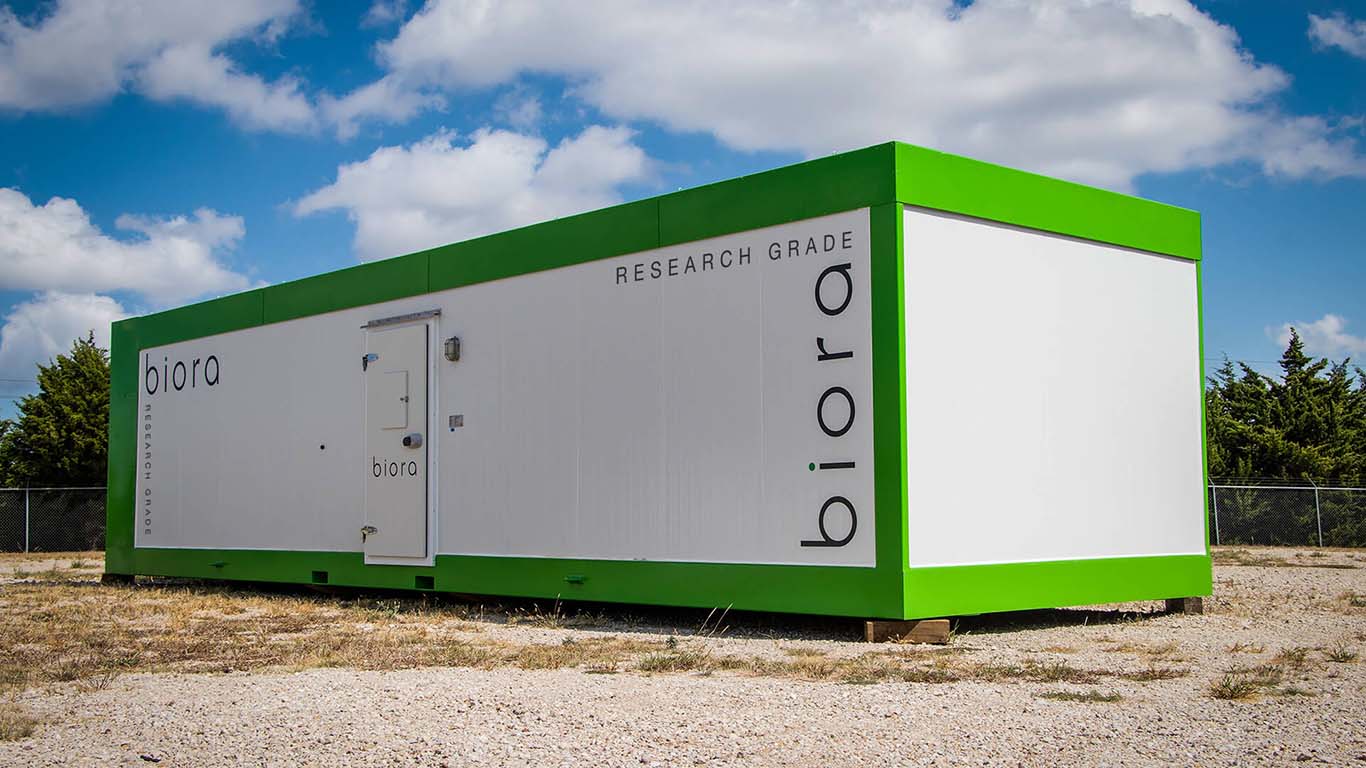Written by Holger Plange, Biora Business Development Manager
Something I get asked all the time is “what are the actual benefits of using a portable plug-and-play controlled environment or laboratory in favour of a more traditional design-and-construct civil project?”. It’s a valid question; and after two years of working with MineARC Systems to help develop the Biora range, is one that I can now confidently answer.
Using a manufactured approach has several advantages that can be outlined across 4 key areas.
1. Knowing the costs upfront
While at first glance, a civil constructed laboratory will offer a better cost per square meter rate, the expense of alterations or building variations are rarely considered at the time of quoting and often have a significant impact on the final figure. Legislative requirements, as well as architectural & engineering consultancy fees bring added layers of complexity and cost to any civil project.
While the off-site manufacturing process does have fees associated with engineering design Factory Acceptance Testing (FAT) and other testing procedural documents, these costs are spread out and absorbed by multiple projects in any given year.
With research organisations becoming increasingly reliant on grants and industry levies to fund both the research component and any infrastructure or equipment, accountability to budgets and the need to demonstrate value for money is paramount.

2. Flexibilty
A prefabricated skid and structural insulated panel construction can be made to any size or dimension using Biora’s unique modular design. The reconfigurable nature allows you to seal rooms independently, allowing the scalability of any controlled environment needs.
Plug-and-play units are self-supported structures, allowing the laboratory to be dopped straight into the most ideal position for the project. This can also provide a research facility with the opportunity to upgrade existing facilities by offering a temporary research space that can be moved to where it’s needed most.
With an increasing number of research projects involving more than one research partner, the question that inevitably arises is ‘who owns the infrastructure at the conclusion of project?’ A manufactured research chamber can be easily shared between organisations or university campuses, making it a flexible alternative to a permanent civil-constructed space.
A standard 12m long chamber takes around 16 weeks from design to practical completion. This is considerably faster than any civil constructed facility, enabling a research project to start sooner and with minimal delays.
3. Containment
Containment is an important aspect of any research laboratory that deals with animals or plants that pose a potential biosecurity risk to Australia (as outlined by the Biosecurity Act 2015).
A portable or modular construction can be designed and certified to meet the necessary containment provision of either The Office of Gene Technology Regular (OGTR) or Biosecurity requirements under the Department of Agriculture Water and Environment. (DAWE). MineARC Systems can work closely with you to determine the correct requirements for a project.

4. Environmental Considerations
Businesses are increasingly becoming more conscious of their environmental impact when commissioning a new building. Some of the major considerations include, energy use, greenhouse gas emissions, shading, noise pollution and the removal or destruction of native flora and fauna.
Portable structures have a reduced environmental footprint by minimising contact with the natural surrounds. In flood prone areas, chambers can be located on top of concrete piers reducing the dependence on a concrete pad. Chambers can also be stacked, increasing usable research space in tight urban locations where land is premium.
The non-permanent nature of a portable facility allows structures to be relocated, reconfigured, and repurposed; ultimately maximising the life of the asset. Ease of access to the structural components of a chamber allows it to be dismantled; enabling you to reuse or recycle many aspects of the construction.
If a plug-and-play structure sounds like it might be a better solution for your next research project, please get in touch for a consultation and quote.







